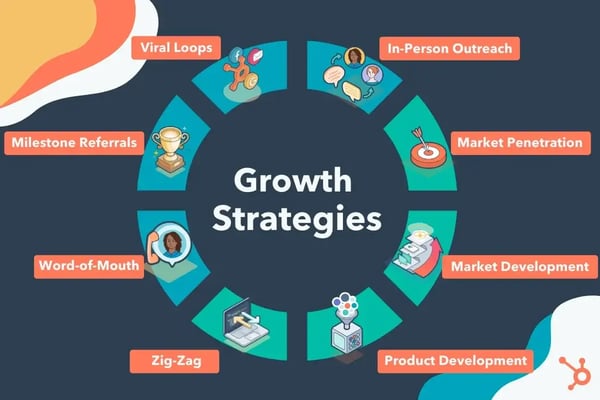Understanding Google's search algorithms is key for any content creator, and trying to stay ahead of the Google curve is a challenge. Core updates are announced several times per year (latest in August) and recently Google updated its "Helpful Content System". This has significant implications for how content is ranked.
Let's dive into what this means for you, and how you can leverage this information for organic growth.
What is the Helpful Content System?
Google's Helpful Content System is designed to reward content that provides a satisfying user experience. It uses machine learning to generate a site-wide signal that influences search rankings. Content that doesn't meet user expectations will not perform as well in search results.
This system works across all languages and is entirely automated.
What are the implications for your site?
If your site is already producing high-quality, helpful content, such as with the TAYA method, you're in luck. This system is designed to reward such content. However, if you already have noticed a drop in traffic, it may be the perfect time to reassess and remove content that could be considered unhelpful.
The system runs continuously, so improvements or declines in content quality will be reflected over a period of months.
What are the best actionable steps?
To ensure you have the best possible content, here are a few tips:
- Content Audit: Conduct a thorough audit of your existing content. Remove or update pieces that are outdated or not providing value to the user.
- Quality Over Quantity: Focus on creating content that solves problems for the user. Aim for depth and quality rather than sheer volume.
- Monitor and Adapt: Keep an eye on your site's performance metrics. If you notice a decline, revisit your content strategy.
How can you leverage AI for content creation?
Now, let's talk about how AI can be a game-changer in creating the kind of helpful content Google rewards.
- Idea Generation: AI tools can analyze input and data that allow you to identify trending topics and gaps in your existing content. This can serve as a foundation for your content strategy.
- Content Optimization: AI can help in optimizing the content for SEO by suggesting keywords, meta descriptions, and even structuring the content for readability. You can also use AI to suggest additional content or fine-tune existing content.
- User Behavior Analysis: Use the power of AI algorithms and tools to analyze user behavior on your site to understand what type of content resonates with your audience. This can help in tailoring your content to meet user expectations better.
Conclusion
The Google Helpful Content Update is not just another algorithm change; it's a call to action for all content creators! By focusing on creating genuinely helpful and high-quality content, you not only stand to rank better in Google's search results but also provide real value to your audience. With the power of AI, you can take your content strategy to the next level, making it easier to create the kind of content that both Google and your audience will love.

David Aleksandersen
David Aleksandersen is Chief Revenue Officer at Spring Agency. He has over 25 years of experience in sales, marketing, and management, both nationally and internationally. David has a Computer Science degree from Østfold University College and is studying Digital Transformation at Oslo Met. Before joining Spring, he worked as a business advisor at MarkedsPartner, marketing manager at Dataton AB, and as CEO at Smart Simulation AS.











